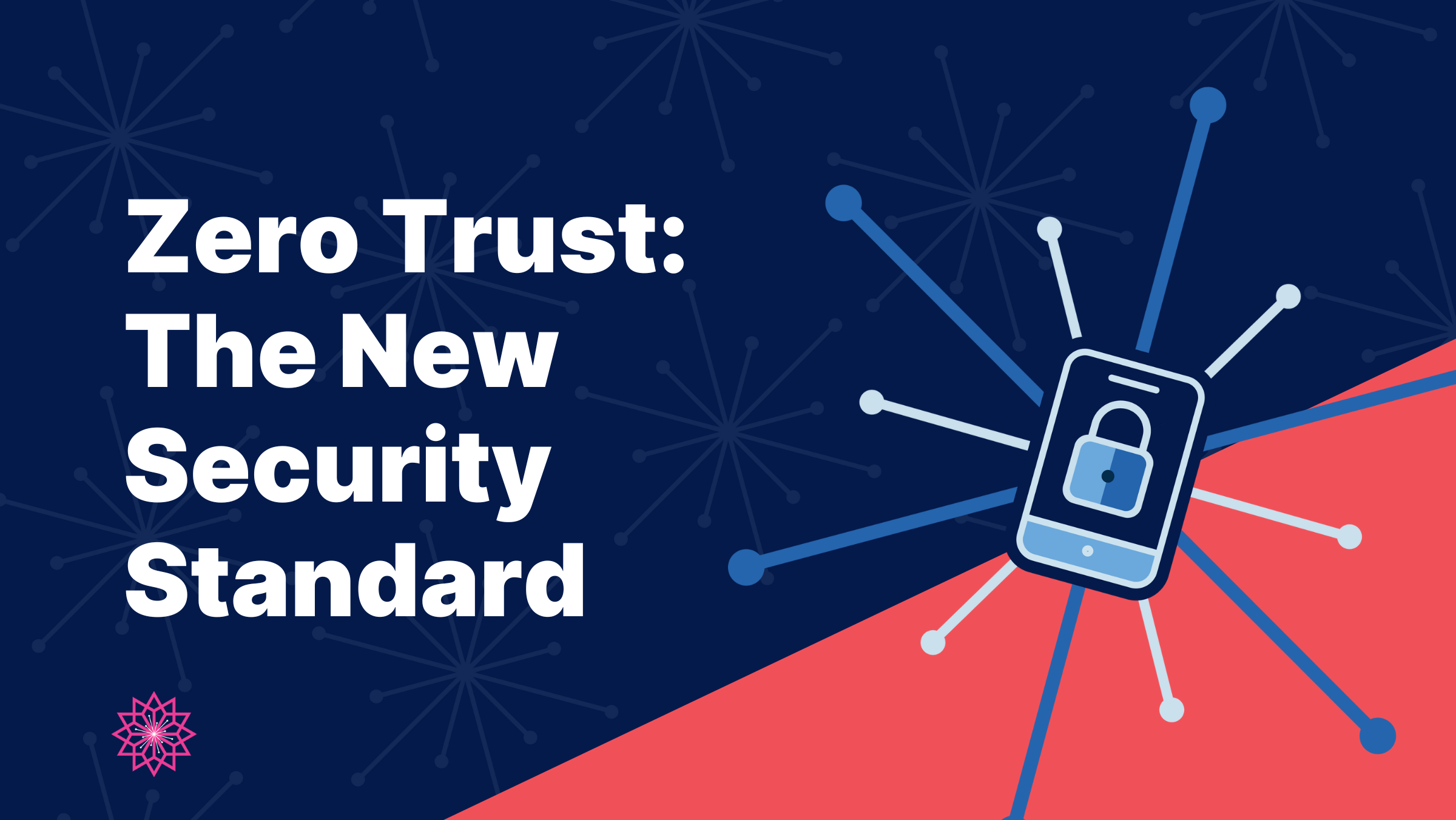Zero Trust is the New Security Standard
Immutably and uniquely identify any device—and provide proof that the device is what it claims to be at a hardware level.
The Internet of Things (IoT) ushered in an era of connected devices, from cell phones and smart home gadgets to industrial sensors and even fifth-generation aircrafts, like the F-35, which features advanced capabilities enabling real-time data sharing with other military assets.
One of IoT’s most remarkable advancements is that connected devices can effortlessly communicate and share data with each other. This flow of information enables unprecedented automation and efficiency in systems ranging from home security to industrial processes.
However, this interconnectivity also introduces new security threats. Through a single weak link, hackers can potentially sabotage an entire interconnected system. This is why device identity verification is paramount.
Monkton’s Zero Trust Solution: Anchorage
Imagine your security-focused organization needs to prove that data coming from an IoT sensor or mobile device is actually coming from that device. Enter our patented technology, Monkton Anchorage.
Monkton Anchorage builds on the concepts of digital signatures and your device’s dedicated security components (DSCs), much like how you digitally sign emails. These signatures act as attestations when communicating with other devices or servers. Each request is digitally signed, ensuring sender validity while verifying data hasn’t been altered in transit.
Why Zero Trust?
Zero trust means “never trust, always verify.” Start from “No”—devices should never be trusted by default, even if they’ve been previously verified. Zero Trust Architecture (“ZTA”) validates device compliance prior to granting access and ensures minimal privilege access.
According to a 2022 study from Okta, an American identity and access management company, nearly all organizations surveyed have either already started a Zero Trust initiative or have definitive plans to start one in the near future.
Monkton Anchorage enables secure communication from industrial IoT sensors to warfighters in disconnected environments, and the immutable nature of Anchorage truly eliminates identity guess work.
The Power of Dedicated Security Components
IoT’s increased connectivity requires smarter security. Using a device’s DSCs—be it a TPM, SEP, or TEE—further verifies and validates.
DSCs can be used to ensure each device in the network is genuine. Those featuring cryptographic keys ascertain device identity in a foolproof and repeatable manner. This way only authorized devices, verified via their cryptographic keys, can participate in and communicate within the IoT network.
DSCs can also ensure data integrity during transfer within the IoT network by encrypting data at the source and decrypting it only at the destination. This significantly reduces data tampering and in-transit interception while end-to-end encryption provides greater confidence in transmitted data's authenticity.
How Monkton Anchorage Works
During provisioning, a user or device authenticates your preferred identity solution. Next, initial attestation data is passed back to Anchorage on the device, which securely creates an identity within the DSCs. This generates a digital signature with the original attestation data. Anchorage then presents the app with the public key and digital signature, which the server or device communicates with. When the app or device is ready to communicate with another device or server, Anchorage digitally signs the data within the app's request during each successive interaction, providing attestation on demand—for every single request.
Zero Trust Security Combats Rising IoT Threats
Zero Trust is a security paradigm for government and enterprise alike. In today’s “speed over everything” landscape, a secure but competitive advantage means organizations must simultaneously make their assets available to authorized users while protecting them from threats.
To successfully implement Anchorage, it’s essential to know what contributes to the rise of threats in IoT. Take a look at some of the main factors:
The growing number of IoT devices in the market and increasing endpoints (laptops, mobile phones, IoT devices) connected to the same network. All network types, from 5G to Wi-Fi, have vulnerabilities.
The insecure development of connected devices.
The absence of proper security updates on IoT devices. Automatic release updates of embedded and mobile software are essential.
Non-compliance with cybersecurity standards and requirements, such as HIPAA, HL7, FDA, PCI DSS, GDPR, and FedRAMP.
Benefits of Immutable Hardware-Based Zero Trust Solutions Across Multiple Industries
Different industries can benefit from implementing immutable hardware-based Zero Trust approaches to secure their IoT solutions. Below are a few examples of how Anchorage can secure mobile apps, IoT sensors, and in-app transactions:
Daily In-App Purchases (think Uber Eats): Prevents access keys from being stolen or scraped.
IoT Sensors: Companies in the space industry have sensors deployed to Satellite Ground Stations, collecting data and transmitting it to the Cloud. Those sensors can leverage Anchorage and securely transmit data to the Cloud, enabling source verification.
Banks (Mobile App Sign In): Anchorage can identify and prove data originates from trusted devices and users using a digital signature.
Event and Ticket Purchases (QR codes): Organizations like the NFL can tie a ticket to a user’s physical devices as QR codes, preventing stolen or spoofed tickets since they’re tied to each device.
From a cost-benefit analysis perspective, Anchorage offers security advantages that are otherwise difficult or impossible to achieve. Anchorage’s patented technology layers security to provide strong identity services for secure transactions, cryptographically proving data originates from trusted devices and users.
The Bottom Line: Hardware-Based Cryptography is Crucial
Implementing hardware-based cryptography is crucial for securing sensitive data transmitted between devices in an IoT ecosystem. Anchorage's patented immutable Hardware Based Zero Trust solution offers a reliable and secure way to ensure your devices are what they claim to be.



